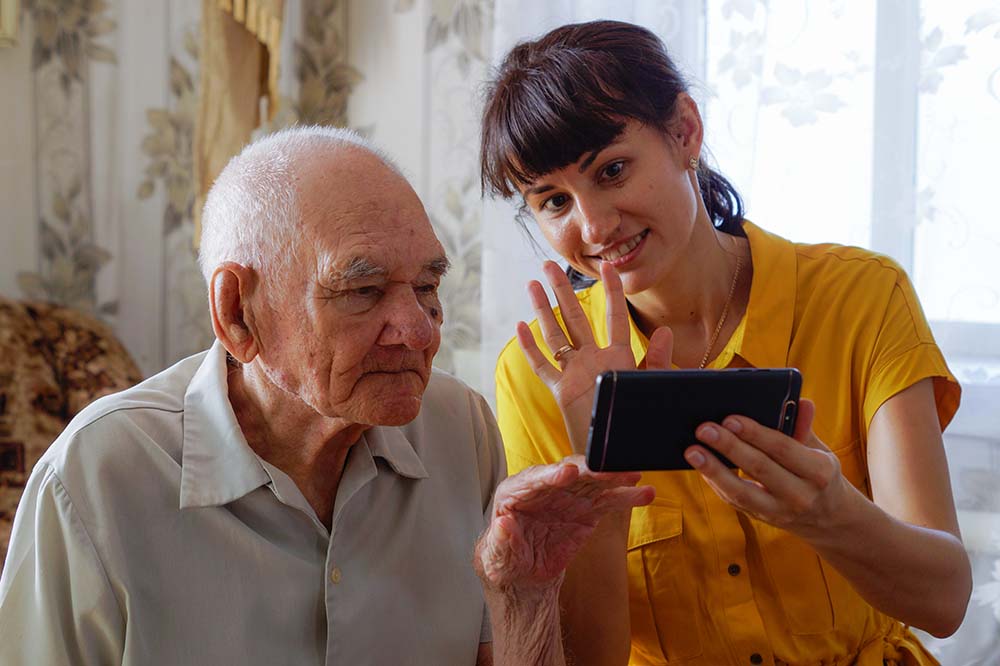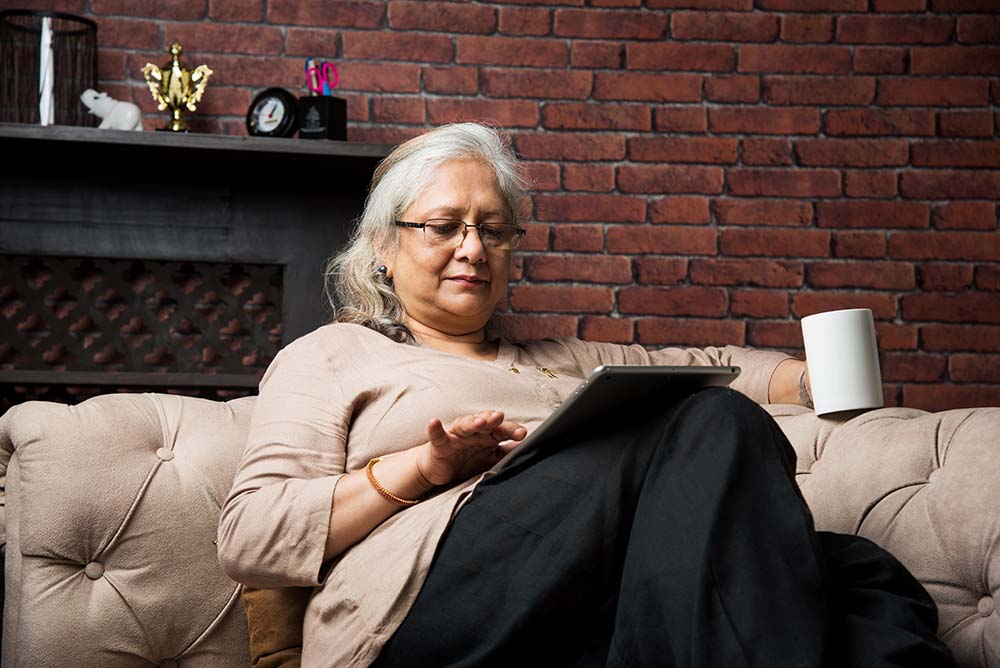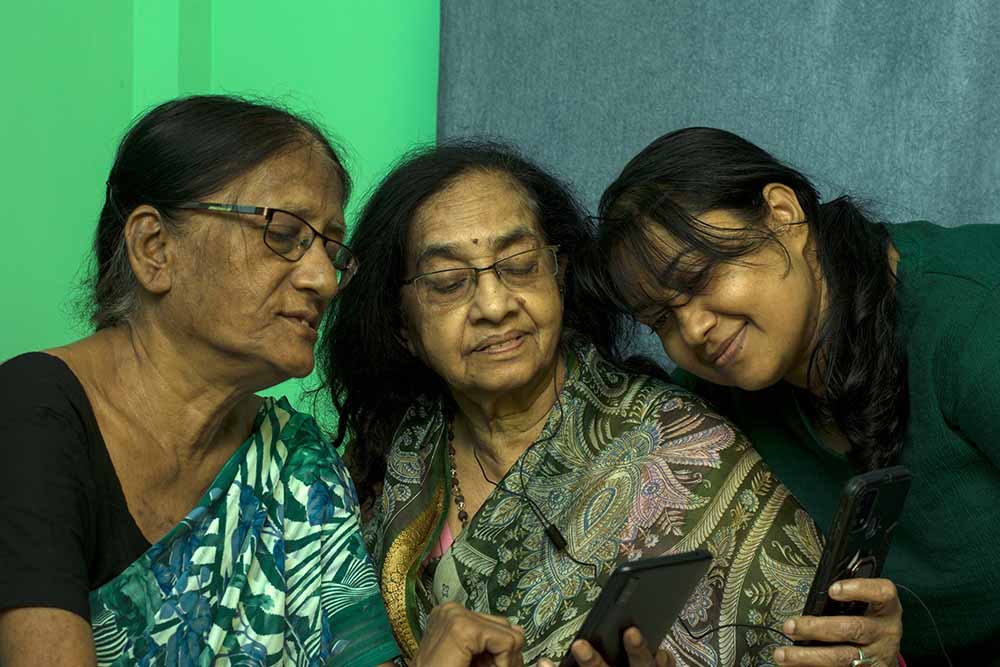As services of all kinds are increasingly gravitating to digital platforms, the pandemic has led to an exponential demand for digital skills. A 2017 survey in the National Capital Region (NCR) found that 86 per cent of senior citizens did not know how to use digital technology or computers. India’s elderly population is projected to touch 194 million in 2031 from 138 million in 2021, a 41 per cent increase over a decade, according to the National Statistical Office (NSO)’s Elderly in India 2021 report. Access to the internet and digital literacy are becoming vital to civic participation; the ability to access healthcare, banking, and social and economic services have all taken the digitalised route, and the pace of digital innovation is yet to be inclusive of their needs.
The rapid digitalisation of all aspects of civilisation is leaving many elderly people excluded. Although many older adults are frequent users of information and communication technologies, many are in remote areas and tier II and III cities. The way to achieve digital literacy and inclusion among India’s elderly is to increase accessibility and make them aware of different services and benefits of the digital world. For elderly seniors, roadblocks such as declining vision and limited mobility and access to transportation can affect their former interests and routines. The good news is that technology can help them maintain their hobbies and greater familiarity with digital tools will also reduce dependency, increase autonomy and boost self-worth among India’s fast-growing elderly population.
Here’s are ways you can ensure digital inclusion at home:
Step 1 End Ageism

Ageism is a serious barrier to digital inclusion. To achieve digital inclusion one must stop the train of thought that older people cannot be technically savvy or are not open to learning and adapting to new things and situations. We must learn to be patient with them and remember that not all have equal access to or are associated with equal or advanced health and social benefits including better mental health, increased physical activity, and more social interactions.
Step 2 Keep It Simple

Start with easy-to-use devices; help them choose a phone, tablet, or computer that is simple in design and user-friendly. Explain the internet in the simplest way possible, make sure you don’t overwhelm them by overcomplicating steps and avoid using jargons. Answer all their questions and show them the easiest way to accomplish a task. If needed write down the steps for them.
Step 3 Adjust Devices to Meet Their Needs

If someone struggles with their vision, you can adjust the brightness and font size. You can also set up a device to read text out loud. If they have an ailment that impacts their ability to use a keyboard and mouse, give them access to touch devices that are more suitable to their needs.
Step 4 Lesson On Digital Security Is A Must

Help them understand the importance of protecting personal information on the internet. Help them set up a password manager that can help them log into the different platforms that they will be using. Educate them about spam emails and explain how the internet can be used to scam and collect information from people.
Step 5 Show them the lighter side of the digital world

Are they social and love staying connected? Do they love watching movies or reading books? Introduce them to social media, help them connect with their friends and family, ensure they know how to use it. You can also teach them how to use apps like Audible or listen to podcasts. If they are movie buffs, ensure they have access to streaming services like Amazon and Netflix. This way they will warm up to the idea of using digital devices.
Step 6 Time to teach them the essentials

Explaining the benefits of technology to a senior can make them interested in learning more about it. Introduce them to the wonders of online payment methods as well as mobile and internet banking. Make sure they are aware of the basics including grocery apps, delivery apps, setting up an ongoing subscription order for basic necessities, and pharmacies that offer online ordering and delivery options. Introduce them to Uber and Ola. Help them download the apps and walk them through the process.
Step 7 Practice With Them

Let them explore the device or the app while you are around. Help them navigate, answer their questions, make it an activity. Make a day of it – Order a pizza together and pay for it through an online payment method; watch a movie together on a streaming platform; book a cab to visit the mall. Have them do a bank transaction. This will help them internalise the steps and make them feel accomplished in what they needed to learn.